When you wear a colour which isn’t right for you, it shows. Sometimes, it may be subtle but other times, the effect is so dramatic that you immediately take it off!
This year, colour analysis has exploded on social media. But, if I’m honest, I’ve seen lots of examples where people have arrived at their own colour conclusion, which hasn’t been right for them.
Or, they’ve asked people online and in forums what ‘season’ they are or what colours suit them. The people telling them are no more qualified than the person asking the question. They’re sharing an opinion on what they think rather than what is accurate. Colour Analysis (with a professional) is based upon a science and basic colour theory. It’s not an opinion.
I’m a bit gutted for them to be honest. I know how exciting it is to find out your colours and learn how to create a wardrobe of coordinating items that do flatter you. Unfortunately, the ones who haven’t quite got it right end up spending more money on clothes that don’t suit them. And, they don’t understand why because someone online told them, or the filter they used made them look good.
So, I wanted to call out some really obvious tell-tale signs that the colour you’re wearing isn’t right for you:
You feel the need to add more blusher
Essentially, you’re looking ‘washed out’ and so you’re trying to add some colour to your face. A classic sign that the colour you’re wearing close to your face isn’t right for you.
You want to reach for a bright lipstick
Feeling the need to balance out what you’re wearing often means the colour isn’t right as it’s taking the limelight away from you and your features. It’s all about the colour that you’re wearing rather than you. Colour doesn’t always mean bright either whether that’s in clothes or lipsticks.
It’ll look great with a tan
What if you don’t tan? Now you’ve got to fake tan?? Essentially, the colour is either overwhelming you (too bright/too warm) or washing you out (too heavy/too pale). Needing to artificially and temporarily alter the look of your skin to make the garment suit you better isn’t the right consideration.
There’s a glow under your chin
Remember when you were a child and you held a buttercup under your chin to see if you liked butter?? (I sincerely hope this wasn’t just me or now I look like a plonker). Anyway, there’s a difference between a ‘glow’ and ‘glowing’. A glow usually means that the colour you’re wearing closest to your face is reflecting upwards to your features. Usually, under your chin which creates a reflection or a glow. Glowing occurs when the colour doesn’t reflect onto your skin, instead you look brighter and your skin looks clearer. You’re glowing because the colour is harmonising with you and not isolating itself from you.
You’ve got shadows/dark circles/look tired
If you’re already shattered, you don’t need colours to make you look worse! The colours you wear should make you look (and feel) healthier and brighter. Lines and shadows accentuated aren’t a good look.
You look ill
Ever had someone come up to you and ask if you’re feeling ok? Or that you look a bit ‘peaky’ and actually, you were feeling just fine? Colours which make you look poorly or cast a funny colour to your skin tone ar doing you no favours. Unless you wanted to be sent home of course.
Your jaw line has disappeared / you’ve got a 5 o’clock shadow
Often I see that the definition in your features disappears in the wrong colour tone. A defined jawline is what you want. For the guys, if you look like you need a shave (and you’ve had one already), it’s not right for you. Ditch it.
Your skin looks dirty
Assuming you’ve washed then the colour is clearly wrong for you!
Your skin looks red and agitated
Usually, this means that the colour is fighting against your skin tone and it’s bringing out blemishes and heightening redness in your cheeks and veins. The right shade of colour should balance out imperfections, not highlight them and make them look worse.
Why get a professional colour analysis?
This isn’t meant to be an exhaustive list but things I hear and frequently see during my colour analysis consultations. I’ve been colour analysing clients for over 10 years and I’ve seen lots of ladies, and some men.
A colour analysis consultation with a professional is an investment. Do your research so that you can feel confident that you’re getting an analysis from a trained professional.
As a professional, I’ve trained in this field (with Colour me Beautiful) and what to look for using basic colour theory. I don’t offer a ‘seasonal’ colour analysis but a ‘tonal’ one which I feel is much more refined. Not everyone fits neatly into one of the four seasons and I assess your full colouring type based upon all your physical features. I don’t cover your hair and I don’t assess your skin tone based upon the colour of your veins.
I explain all this and what to look for to my clients during a colour analysis session so that when they go shopping, they know what to look for. They’ve got their swatches to use as a helpful guide too, not a bible or rule-book to follow. I can take you shopping of course, but I know realistically, it’s not always possible for me to be with you every second of the day. My clients get continued advice via email following their appointment to help support and guide them on their journey.
READY TO GET A PROFESSIONAL COLOUR ANALYSIS?
Get in touch to book your appointment: toni.carver@tlcstyleandcolour.co.uk

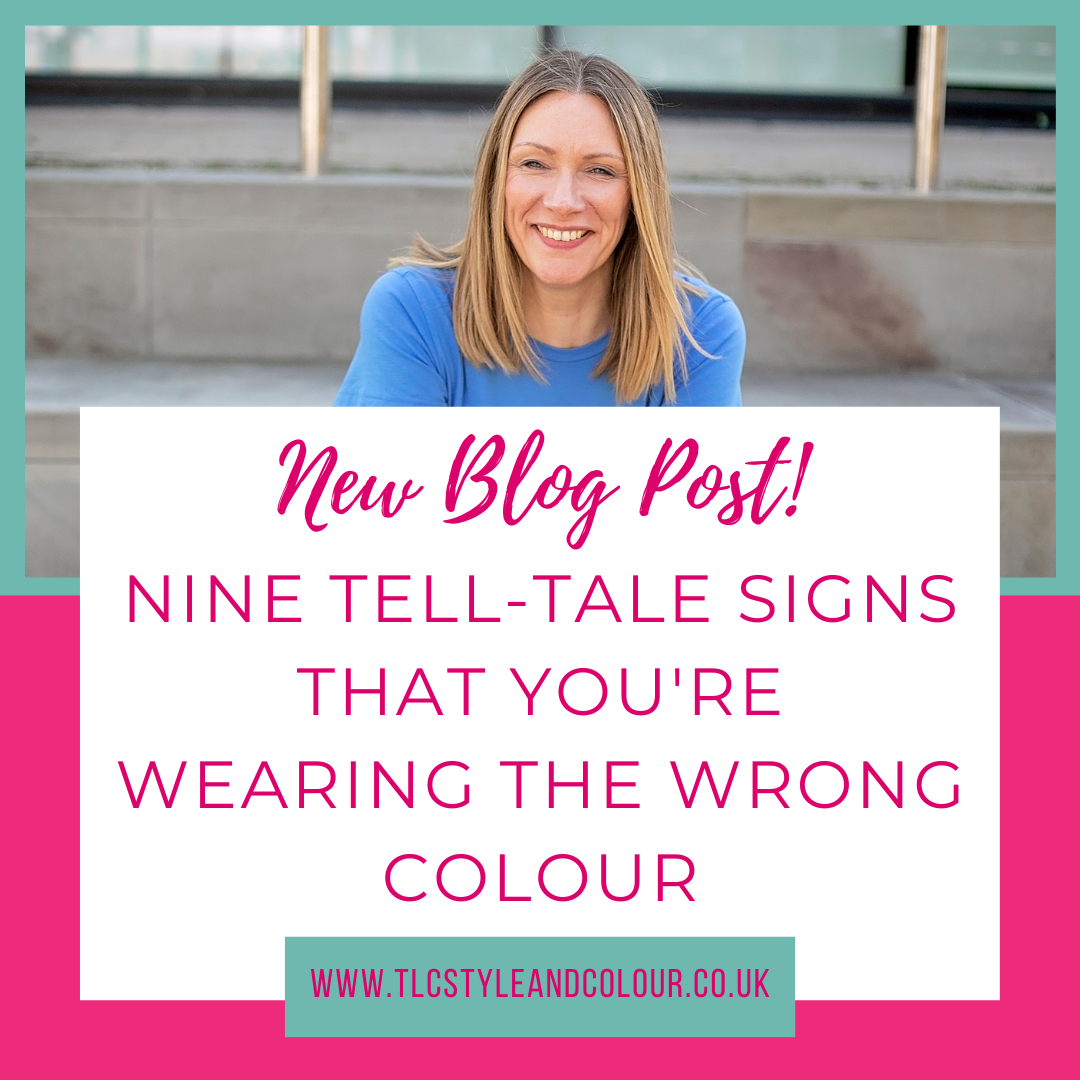
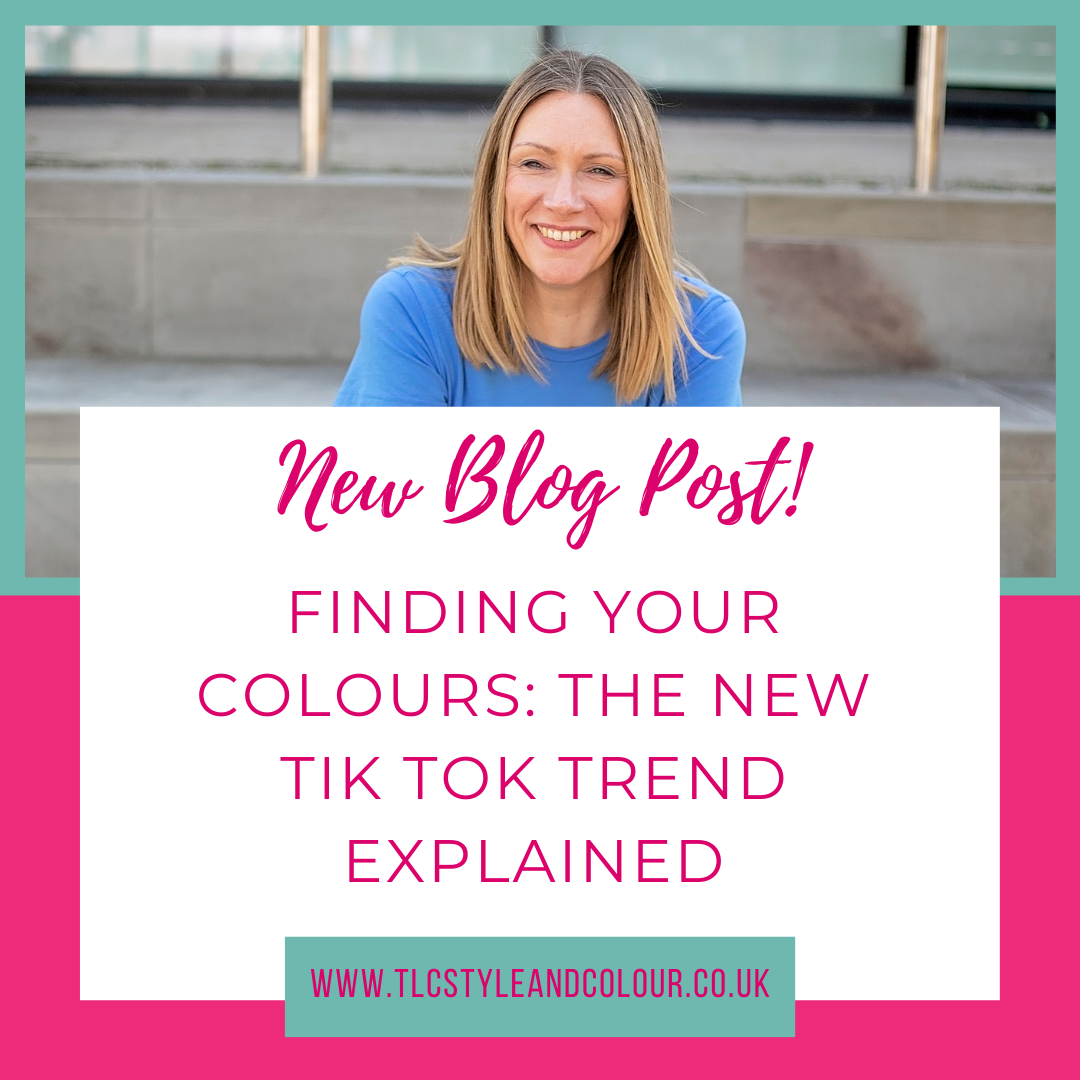
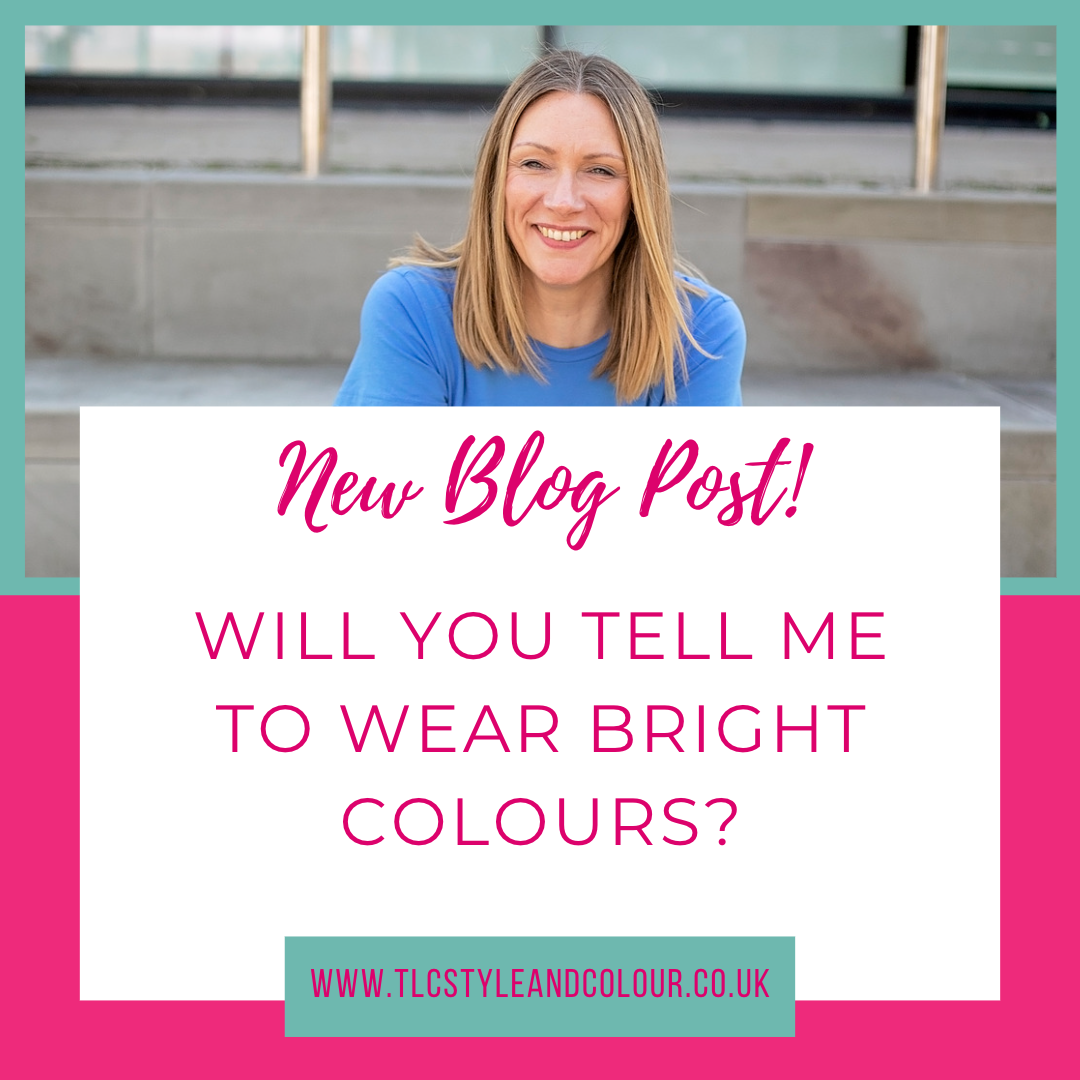
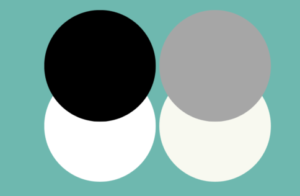
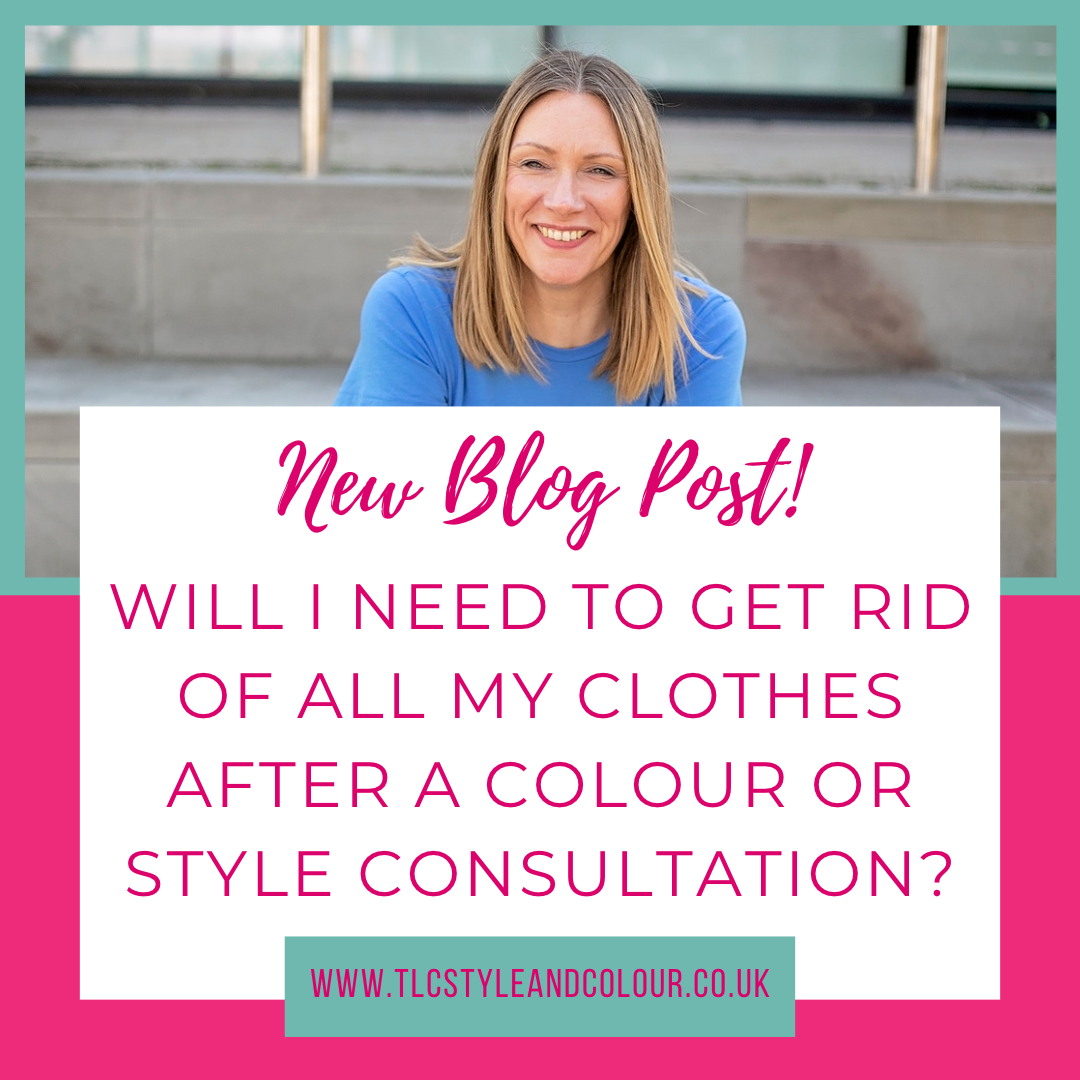
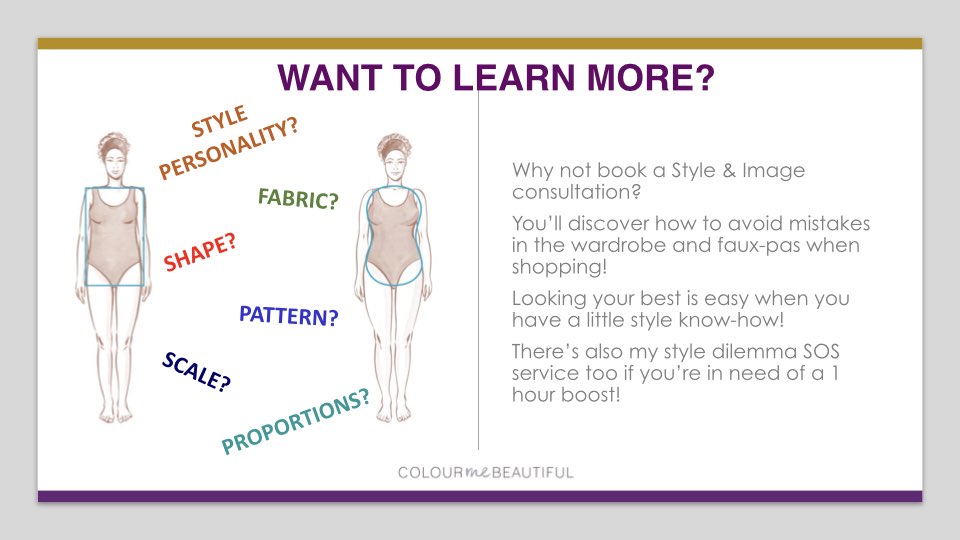
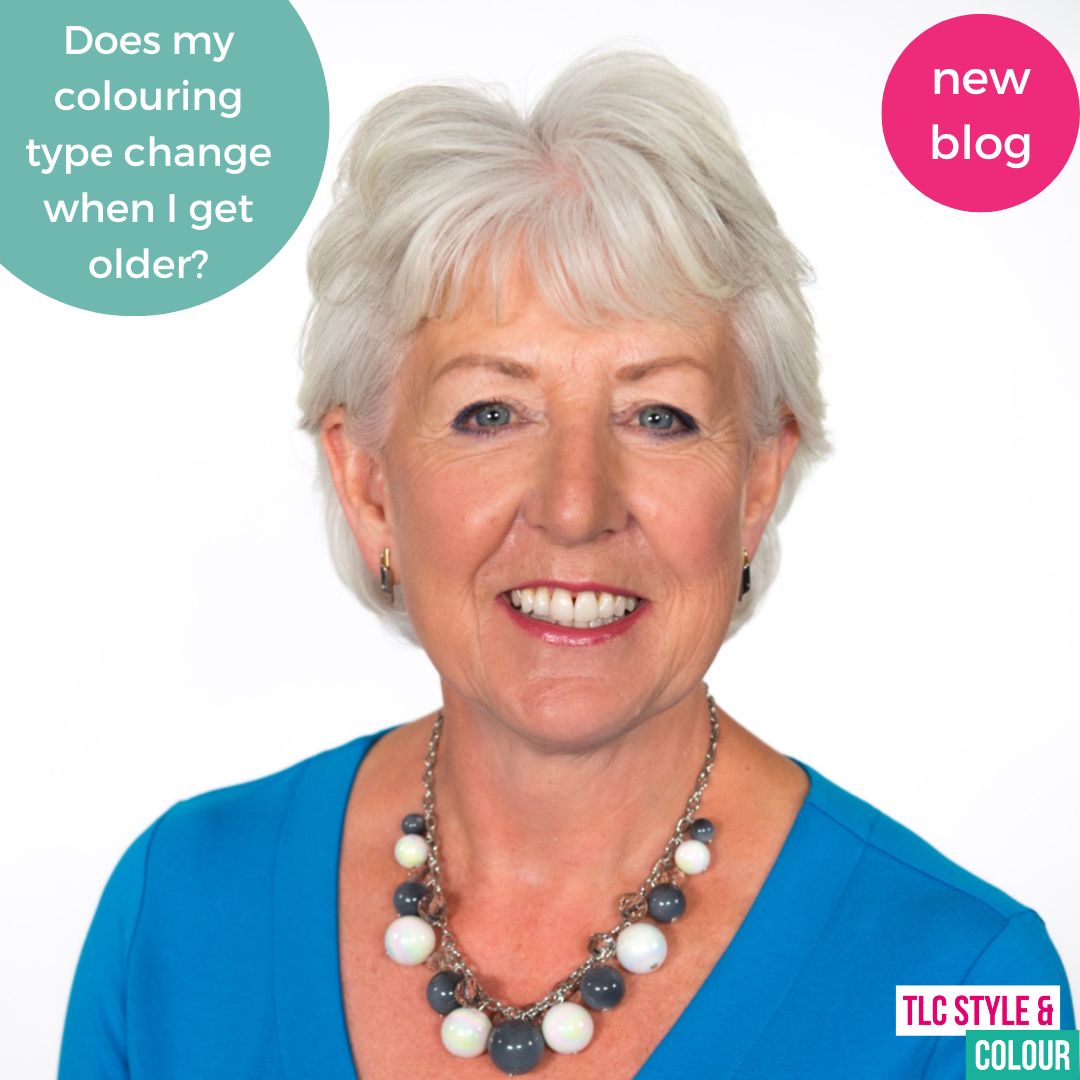
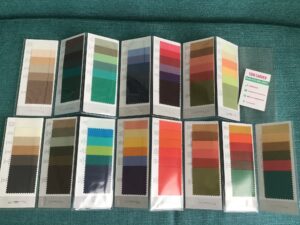
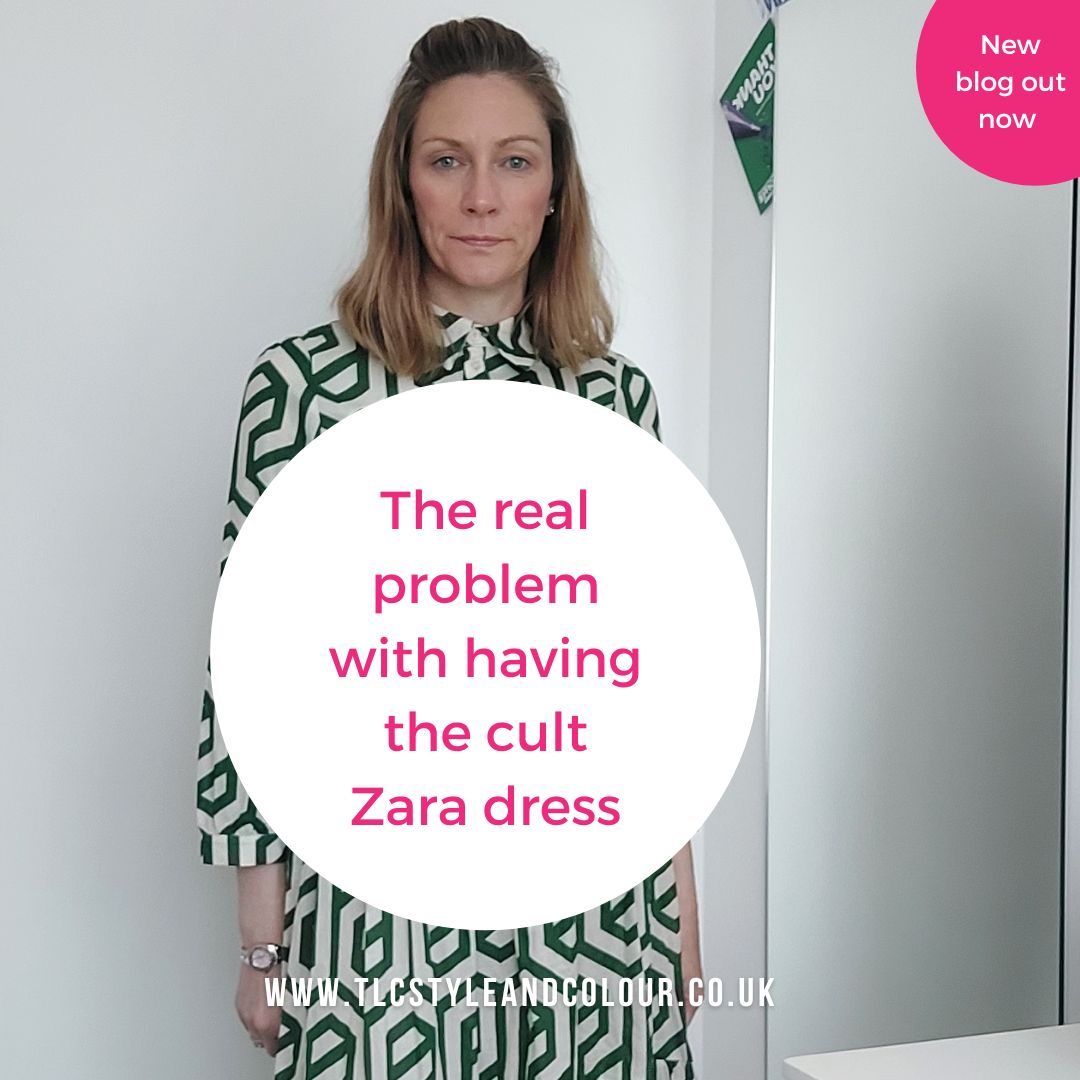
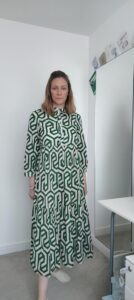
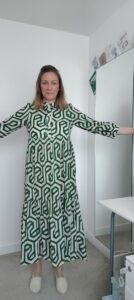
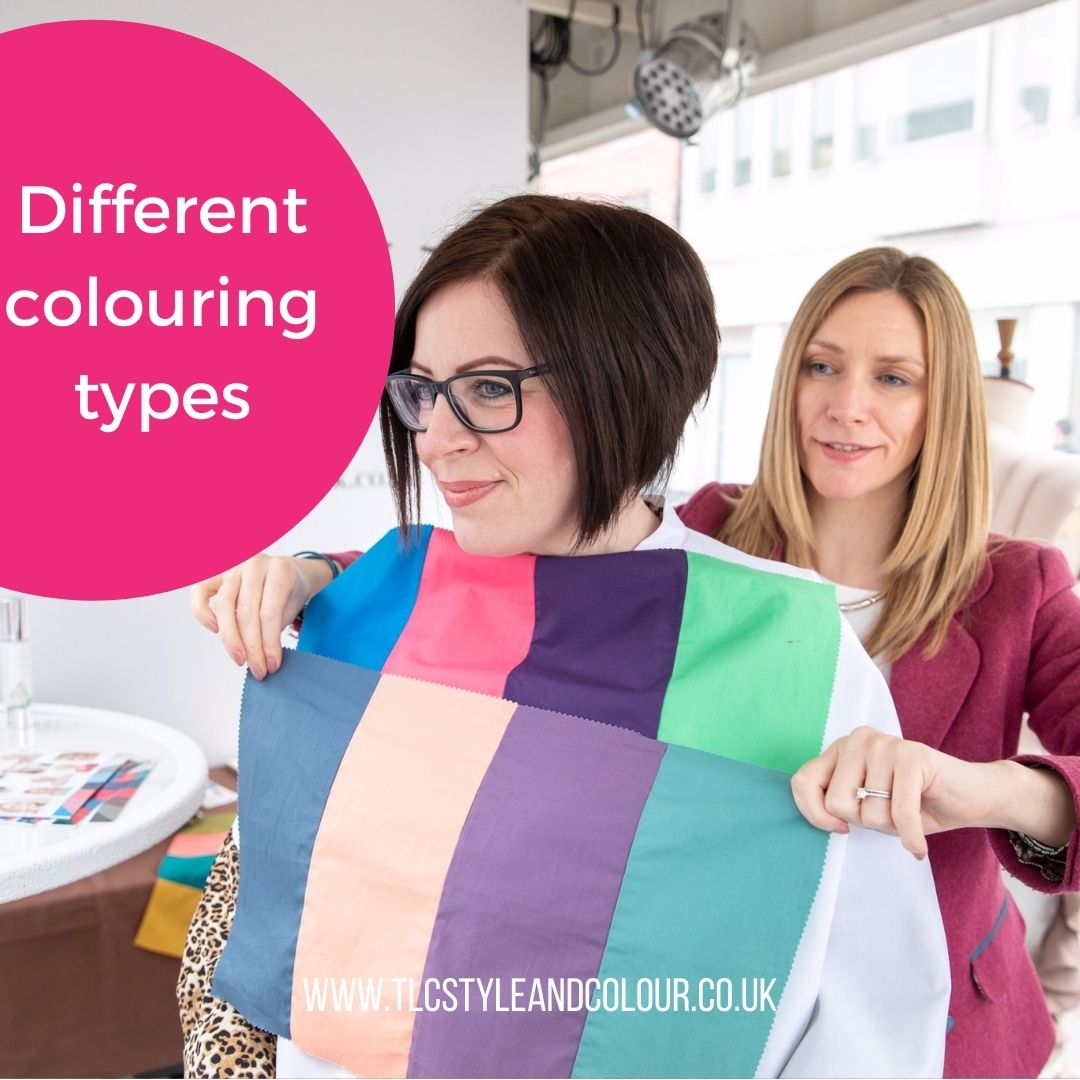
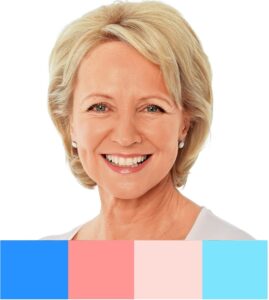
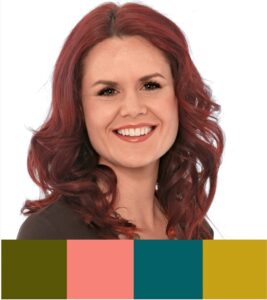

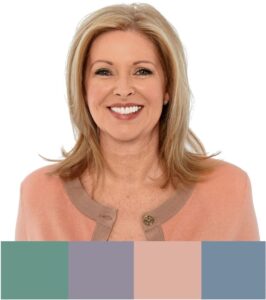
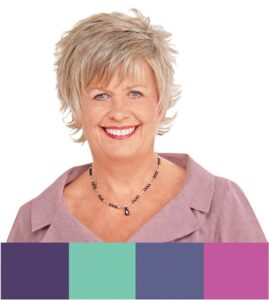
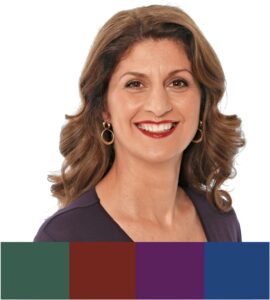
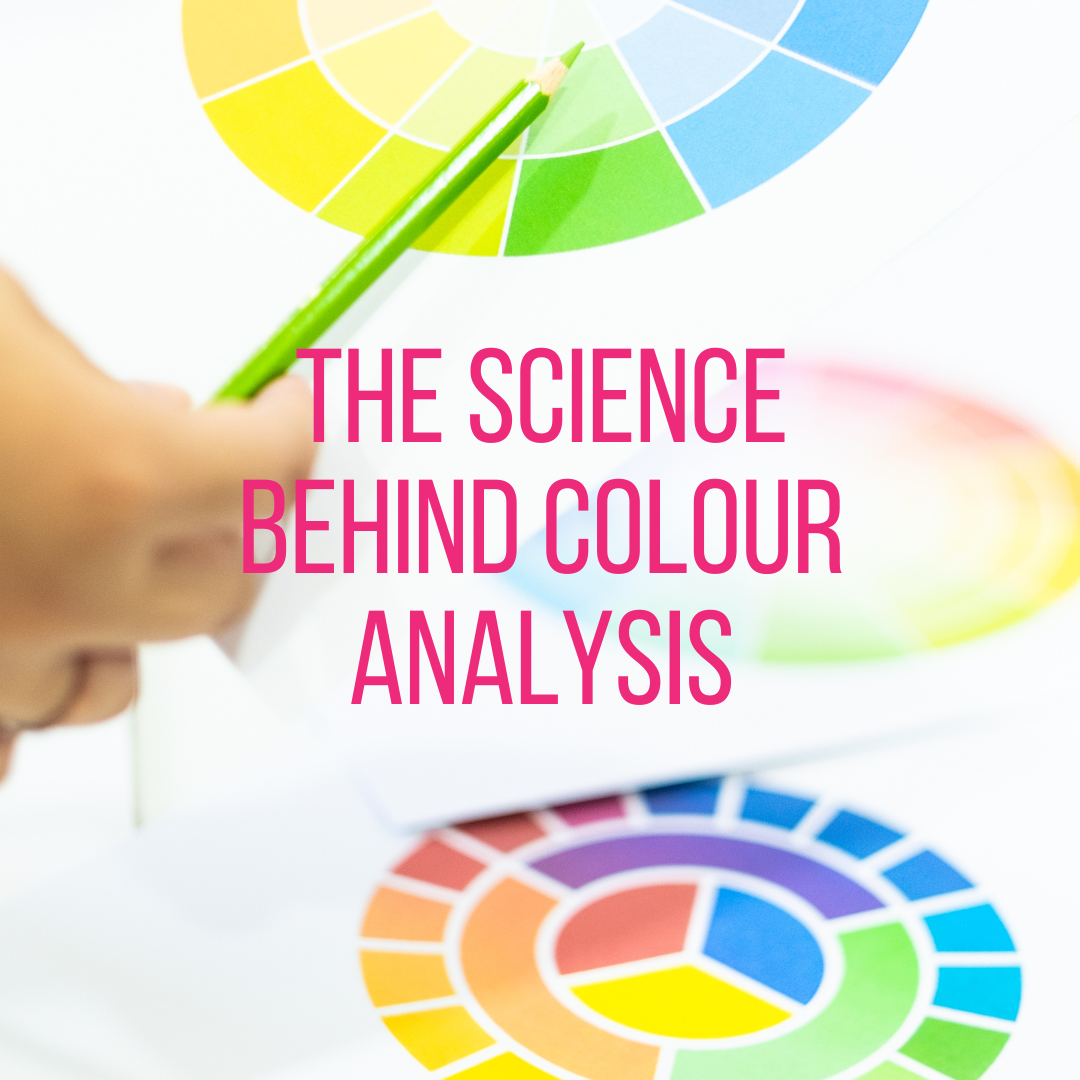
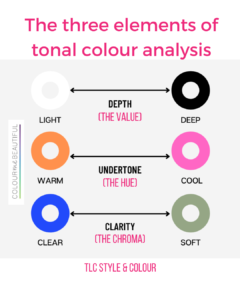 Albert Munsell was an artist and scientist who invented the Munsell System which define colours into three dimensions:
Albert Munsell was an artist and scientist who invented the Munsell System which define colours into three dimensions: